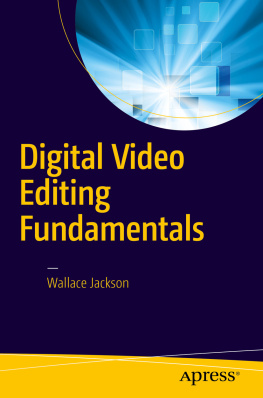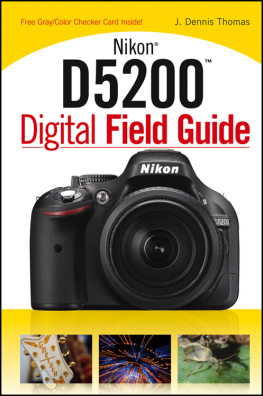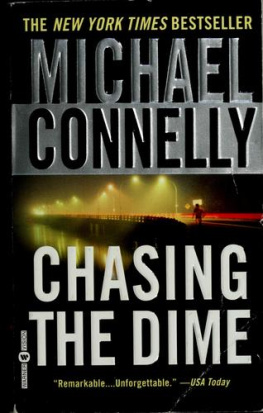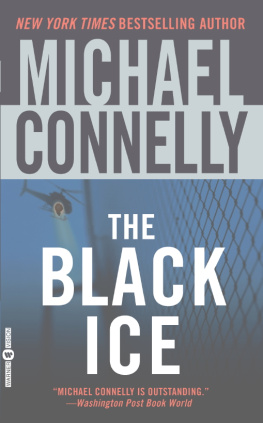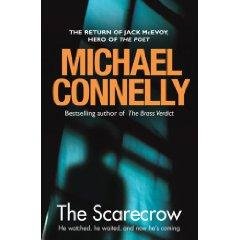Portions of Chapter 8 contain material from Mapping Aspect Ratios in the Age of High Definition Television, published in Popular Communications in August 2014.
Tremendous thanks to Katie Gallof at Bloomsbury for supporting this project. Thank you to Erin Duffy at Bloomsbury for her assistance in preparing the manuscript. Thank you to Leeladevi Ulaganathan for your guidance in preparing the book for production.
Thank you to Henry Krips, Dana Polan, and James Morrison who read earlier parts of this manuscript.
Thank you to the faculty and staff at Claremont Graduate University for their support and guidance.
Much thanks to Annalisa Zox-Weaver for her comments and suggestions of an earlier draft of the manuscript.
I am extremely grateful to Todd McGowan at the University of Vermont for his theoretical insights that informed the premise of this project.
Thank you to my family and friends for all of their love and support.
I want to thank my dog Beatrice for doing her best not to bark loudly.
This manuscript could have not been finished without the supporting love of my spouse and best friend Katie Connelly.
Finally, this book is dedicated to my friend and mentor Vivek Adarkar at Long Island University who is no longer with us. His guidance and wisdom during our independent study in 1995 has forever shaped my thinking on screenwriting and cinema.
The sale of George Lucass Star Wars franchise to Disney in 2013 came with the announcement of three new films to be set chronologically following Return of the Jedi (1983), with J. J. Abrams to direct the first installment. Abrams announced that Star Wars: The Force Awakens would be shot on 35 mm, stating, We are working really hard to make a movie that feels as emotional and authentic and exciting as possible. Abrams added, I remember... reading someone wrote about just wanting [ The Force Awakens ] to feel real; to feel authentic. I remember I felt that way when I was 11 years old when I saw the first one [ Star Wars: A New Hope (1977)]. As much of a fairy tale as it was, it felt real. And to me, that is exactly right.
It should be of no surprise that many devoted fans of the franchise welcomed the news that The Force Awakens would be shot on celluloid. After all, one of the many disapproving comments about the Star Wars prequels (1999, 2002, and 2005) was Lucass overuse of digital effects, as conveyed in the documentary The People vs. George Lucas (Alexandre O. Philippe, 2010). But what does Abramss desire to capture the feelings and experiences of the original world of Star Wars suggest about the relationship between digital and celluloid? Has celluloid become a novelty format? If so, how did this change occur in the entertainment industry?
Abramss choice to film The Force Awakens on celluloid raises a number of points regarding cinematic realism, practices of digitization, and the state of the analog format. The heightened realism of digital effects, as Nicholas Rombes explains, produces strange side effects... it creates nostalgia for the less realistic special effects and stunts of analog of cinema. Indeed, Abramss decision to film The Force Awakens on celluloid attempts not only to aesthetically depict the film with a real and authentic look, but also to recreate the cultural values and meanings associated with the original Star Wars universe that impressed him as a young viewer.
Consider, for example, Lucass use of model special effects, stop motion photography, the flash frames inserted during the light saber fight with Darth Vader and Obi-Wan Kenobi (Alec Guinness), and nascent computer-generated effects of the early 1980smuch of these older effects Lucas updated in the rerelease of the original Star Wars movies. Yet as conveyed in The People vs. George Lucas , many fans cherish the imperfection of Star Wars s older special effects. It is interesting to add that Lucass vision of the original Star Wars film involved creating a dirty space aesthetic. Will Brooker observes that a key aesthetic of Star Wars is its polar opposites of dirty versus clean in the films production design, such as the worn down and earthly look that reflects Lukes (Mark Hamill) farm life on Tatooine, and Han Solo (Harrison Ford) and Chewbaccas (Peter Mayhew) rough edged smuggler space ship the Millennium Falcon that happened to float away with the rest of the garbage before escaping to Cloud City in The Empire Strikes Back (Irvin Kershner, 1980). Lucas described this aesthetic as a used universe that contrasted with the ordered, formal, and technological world of the Empire.
For Rombes, the tendency of digital cinema to insert flaws, mistakes, and purposely degraded images is primarily because digital texts neither deteriorate nor leave a trace of the original. A digital file can be shared from user to user without the loss of sound and/or visual quality. The analog image or sound, however, is vulnerable to time and can deteriorate from copy to copy. As such, the analog images fragility, as Rombes points out, is akin to what is human and organic and thus, imperfect.
Certainly this approach is not meant to suggest that advances in digital technologies do not play a role in viewers movie-going experiences, or that viewers and filmmakers are rejecting digital visual effects (VFX).of subordinating the mediation of the moving image to the unifying effect of narrative causality.
Yet a scene such as the bullet time sequence in The Matrix temporally derails the narrative as a VFX digression, where realism and the avant-garde momentarily lose their distinction. This is most noticeable in viewing a 3-D movie outside of 3-D theatre exhibition. The flying fish 3-D sequence in Ang Lees Life of Pi (2012) is a case in point. The film briefly digresses to emphasize its 3-D effect, as fish cannon-ball out of the ocean. Watching this sequence without 3-D glasses on cable television is an act of visual experimentationone that complicates the firm boundary between realism and avant-garde that traditionally defined the classical Hollywood narration system. More so, viewing Life of Pi s flying fish 3-D sequence outside theatrical exhibition not only illustrates an instance of imperfection (unintentionally) that briefly derails narrative fluidity, but reveals how digital has attributed to the blurring of cinemas and televisions medium-based specificities.
These forms of perfection and imperfection do not mean that tensions cannot emerge in the assignment of meanings and values of a cultural artifact. A popular text such as Star Wars has become an arena of tension over its meaning in both its consumption and production. A notable example is fans outrage at Lucass digitally changing the look of scenes and character actions of the original Star Wars films, such as altering the famous showdown at the Cantina bar in Mos Eisley, where Greedo shoots first instead of Han Solo. Or consider Lucas not releasing the original Star Wars versions on DVD. When Lucas did release the original films on DVD, he did not enhance them for 16:9 high-definition television (HDTV), stirring indignation among many fans. On the one hand, Lucass use of digital effects in order to manipulate scenes of the original Star Wars films raises concerns of ownership of the text. In this case, fans want to preserve the cultural values and meanings associated with the imperfect look of the original trilogy. On the other hand, fans seek a perfect presentation of the original Star Wars films (with all of its flaws and imperfections) as a digital format such as DVD or Blu-ray. Here it is important to stress that imperfection and perfection should not be read exclusively as binaries. The interrelation of imperfection and perfection can cause disruptions, evoke sites of tensions, and blur boundaries in how meanings are assigned to moving-image texts.





